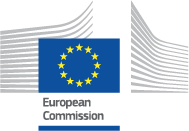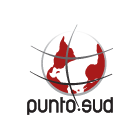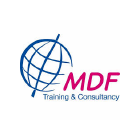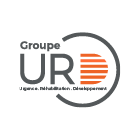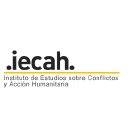WORKING WITH DG ECHO AS A UN AGENCY | 2014 - 2020
4.2 SPECIFIC OBJECTIVE
The Specific objective is what the partner intends to achieve by implementing the Action. It should address the core problems or some of them as identified in the findings of the needs assessment. It should be defined in terms of direct benefits for the target groups (outcome). The Specific objective should not be a simple combination of the results; it should be logically one step beyond the results – the change to the target group’s life thanks to the services/products provided by the results. The partner will identify only one Specific objective per Action.
4.2.1 Short description
The partner will describe the specific objective as it will appear in the Logframe.
4.2.2 Detailed description:
This section is optional. It can be used to provide more information on the Specific objective if needed. The partner will not repeat information provided in the needs assessment. It will not introduce information that will appear under results and activities.
4.2.3 Indicators
Indicators are necessary to objectively describe the progress and achievement of the specific objective. Partners can choose the pre-defined Key Outcome Indicators (KOI) or add custom indicators manually. They are expected to use at least one of the KOI which are standard indicators widely recognized and used in the humanitarian community.
Indicators at specific objective level measure the main outcomes of the action, i.e. the benefits drawn by the target group from (or the effects of) the products and services delivered by the project. The delivery of a service or product is an output, not an outcome and can thus not be used as an indicator for the specific objective.
The partner will introduce indicators sufficient in number to adequately cover the specific objective. The maximum number of indicators is limited to 10, however it should be kept reasonable and manageable for both the partner and ECHO, especially as it is expected that partners provide reliable data on each indicator in their reporting.
The partner chooses between the pre-defined KOI and a custom indicator through the drop-down menu.
-
If “CUSTOM INDICATOR" is selected, the partner has to provide a (short) indicator name.
Manually entered indicators should be objectively verifiable and SMART (specific, measurable, available, relevant and time-bound).
In the definition field, technical terminology used in the indicator is defined if necessary.
In the baseline box, the partner provides the indicator value at the beginning of the action before any activities start. Baseline data is needed to assess the progress and achievement of the Action. Baseline data should be available before the Action starts as part of the needs assessment. It must be ensured that the unit of the value matches the indicator (absolute figures, proportions, percentages).
In the target value box, the partner will indicate the target it intends to reach by the end of the Action. It must be ensured that the unit of the value matches the indicator (absolute figures, proportions, percentages).
The partner should also refer to standards as they are defined globally (e.g. SPHERE) or locally (e.g. by the country cluster).
In the source and method of data collection field, the partner has to identify where the indicator data is coming from and how and by whom it is collected (e.g. administrative records, registers, surveys, etc). While designing and implementing the action, the partner should keep in mind that some methods require a certain amount of planning and resources.
For custom indicators, the partner has to provide a definition and source and method of data collection manually
- If a partner uses a KOI
The fields for the indicator definition and for the source and method of data collection are automatically prefilled.
The “definition” field of a KOI cannot be edited; deviations from the definition should be mentioned in the comments field.
The pre-filled text in the field for “source and method of data collection” is a suggestion based on good practice, but has to be modified to match the actual sources and methods of data collection used by the partner.
